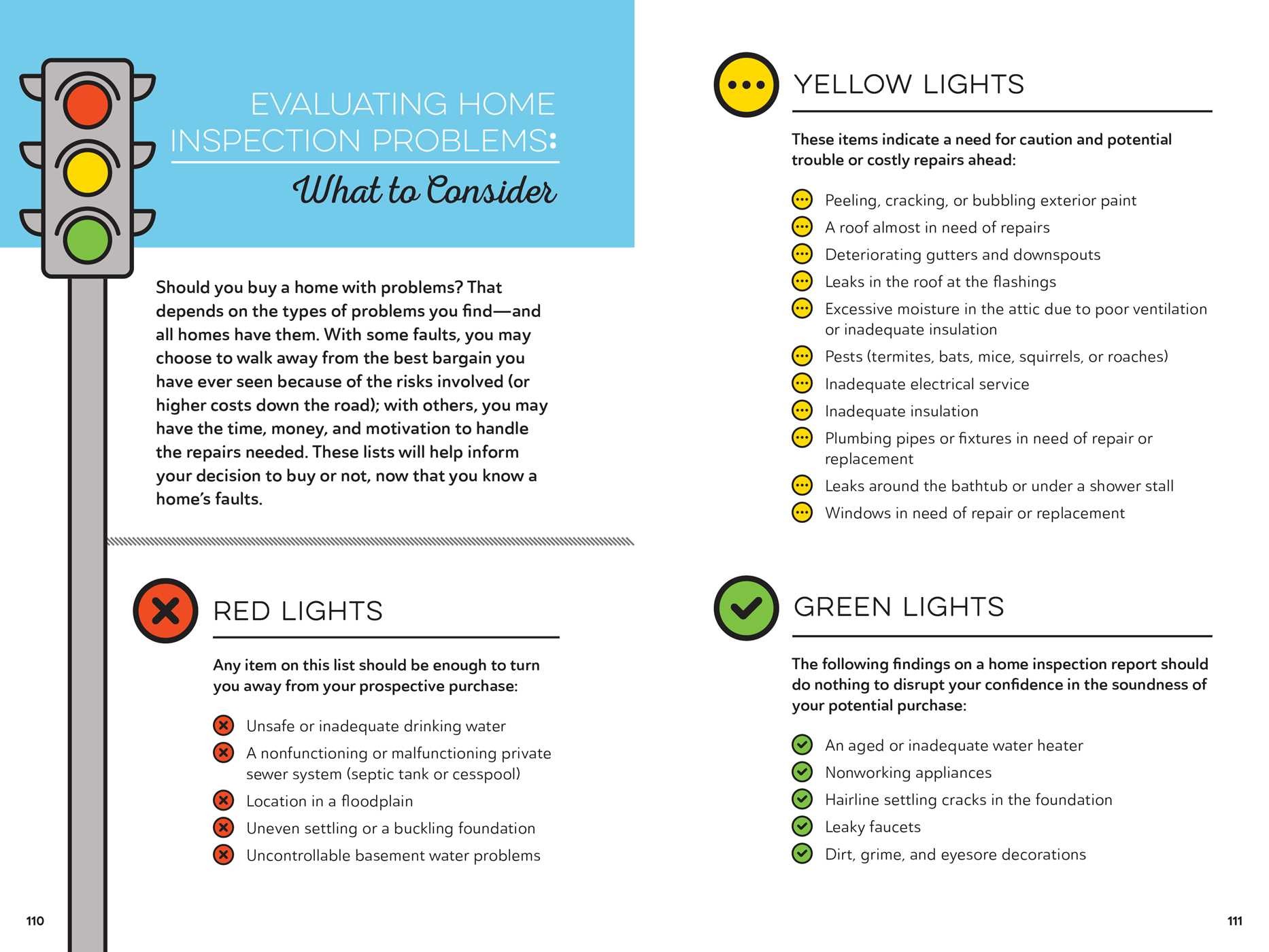The Function Of Roof Ventilation In A Successful Setup
The Function Of Roof Ventilation In A Successful Setup
Blog Article
Uploaded By-Caldwell Manning
When you're dealing with a roof covering job, you might not believe much about roof covering air flow, yet it's more crucial than you recognize. Effective air flow helps regulate temperature level and moisture in your attic room, stopping issues like mold and mildew and structural damage. By recognizing just how to create and install a balanced ventilation system, you can boost energy effectiveness and prolong the life expectancy of your roofing materials. So, what are the vital variables to take into consideration throughout setup that can make all the difference?
Significance of Roofing System Air Flow
Roof covering air flow plays a critical duty in maintaining the overall health of your home. By enabling fresh air to distribute via your attic room, it assists manage temperature and dampness levels. This balance is necessary to stop warm accumulation throughout warm months, which can lead to boosted energy prices as your cooling works overtime.
In addition, correct air flow dramatically reduces the threat of moisture-related concerns like mold and mildew and mildew. If humidity degrees increase, your home's structural stability can be compromised, causing costly repair services. You wouldn't wish to deal with decomposing wood or warped roofing products, right?
Furthermore, appropriate ventilation expands the life-span of your roofing system. When warmth and wetness are kept in check, your roofing can carry out ideally, preventing early wear and tear. This indicates fewer frustrations and costs down the line.
Exactly How Roofing System Air Flow Works
Effective roofing ventilation relies upon the natural motion of air to create an equilibrium between intake and exhaust. When you mount vents, you're basically permitting fresh air to enter your attic while allowing warm, stagnant air to run away. This process assists regulate temperature level and moisture levels, avoiding concerns like mold and mildew growth and roofing system damage.
Consumption vents, usually discovered at the eaves, reel in trendy air from outside. Meanwhile, exhaust vents, located near the ridge of the roof covering, let hot air increase and leave. The difference in temperature level develops a natural air flow, referred to as the stack impact. As cozy air increases, it produces a vacuum cleaner that draws in cooler air from the lower vents.
To enhance this system, you require to make certain that the consumption and exhaust vents are properly sized and positioned. If the consumption is restricted, you won't achieve the desired ventilation.
Similarly, not enough exhaust can trap warmth and wetness, causing potential damages.
Secret Installation Factors To Consider
When setting up roofing system ventilation, numerous key factors to consider can make or damage your system's effectiveness. Initially, Read the Full Guide need to evaluate your roofing system's design. The pitch, shape, and materials all influence air movement and ventilation option. Ensure to pick vents that fit your roof covering kind and local environment problems.
Next off, think about the positioning of your vents. Ideally, you'll want a balanced system with intake and exhaust vents positioned for ideal air flow. click for more on the roof and exhaust vents near the top to urge a natural circulation of air. This arrangement assists prevent moisture buildup and promotes power performance.
Don't forget about insulation. Correct insulation in your attic avoids warmth from running away and keeps your home comfy. Ensure that insulation doesn't obstruct your vents, as this can impede air flow.
Lastly, think of maintenance. Pick ventilation systems that are easy to gain access to for cleansing and inspection. Normal upkeep guarantees your system remains to operate properly gradually.
Conclusion
In conclusion, roof air flow is vital for a successful setup. By ensuring appropriate airflow, you can prevent warm accumulation and dampness concerns that result in pricey damages. When you purposefully setting consumption and exhaust vents, you improve energy performance and lengthen the life expectancy of your roof covering. Remember, a well-ventilated roof not only secures your investment however additionally improves your indoor air high quality. So, prioritize ventilation to make certain a durable and cost-efficient roofing system for your home.
